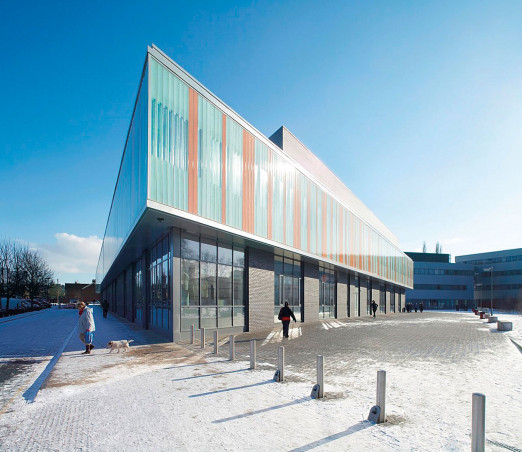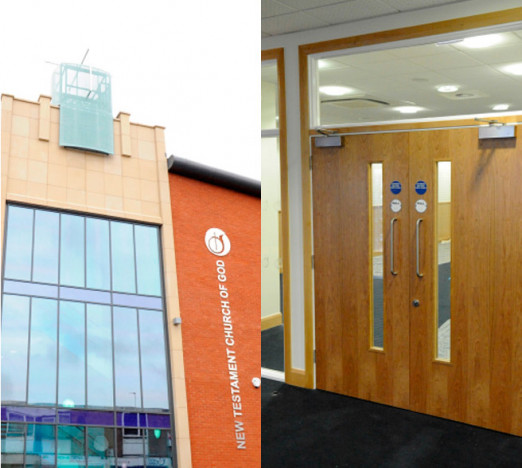Doors and windows are often looked upon without much consideration. You could accuse them of blending into the background of a building, a means to an end of providing a barrier between points of a building, whether they are interior or exterior.
For healthcare facilities though, where users are plentiful but also varied in their operational ability, doors and windows become a much bigger consideration for the facilities managers of these buildings.
Take for instance the tragic case of Roderick Elliott, a 73-year-old OAP who died after getting trapped in a set of revolving doors at South Tyneside District Hospital in 2013. While hundreds of thousands will have passed through this doorway without trouble, users with mobility issues may find it difficult to navigate through this type of door, and, ultimately, it has taken an unfortunate loss of life to highlight this danger.
Ease-of-use
When considering door hardware for hospitals, care homes and other healthcare buildings, look at it from your users’ perspectives. Elderly, disabled, mentally vulnerable, injured and young children often suffer from issues around their mobility, while they may also lack the upper body strength to operate a door safely, especially if it is a heavy doorset.
Facilities managers should always consider these issues and use hardware that will aid these groups in the best way possible.
Hold open and free-swinging electromagnetic closers that can be linked to the fire detection system are now widely available on the door hardware market. These are a legal method of holding open fire doors as if there is a fire and the fire alarm activates they automatically release the doors to let them shut.
If there are issues around access control for doors but you still have to satisfy panic exit or ease of use functionality – for instance if you were in a single bed private ward – there are now solutions for that, too. Electromechanical exit devices, such as the Briton 571 EL, use an electronic motor to operate the door latch, meaning it can be used with digital access control systems from the outside, whilst working as a normal panic bar from the inside.
Ease of window operation should also be considered, as they may be high and out of reach for users. If users require room ventilation, this can mean they put themselves in dangerous situations where they try to open windows and can potentially cause accidents for themselves. Remote controlled windows are now available on the door and window automation market, so this can easily eliminate this hazard.
Facilities managers should be alert around fire doors, too. Air pressure changes often make these heavy doors swing differently, while if door closers aren’t adjusted properly the door can close too quickly and thus trap users, particularly for those who aren’t as mobile. There should be a maintenance schedule in place to test these doors and make sure they are operating safely and as they should be.
Familiarity of furniture
While we have spoken about a number of ways to facilitate safe passage through a doorway using modern hardware that takes advantage of new technologies, we should not forget that for many users they will not encounter this hardware in their everyday lives. This can lead to a sense of unfamiliarity and cause of anxiety. Groups who are particularly susceptible to this are the elderly or people suffering from mental illnesses like dementia.
For these groups, it is important that the furniture surrounding them is of a design that they will understand how to use. Otherwise, in panic situations, it can become confusing to them, or they may get distressed if they come up against a door they can’t get through.



